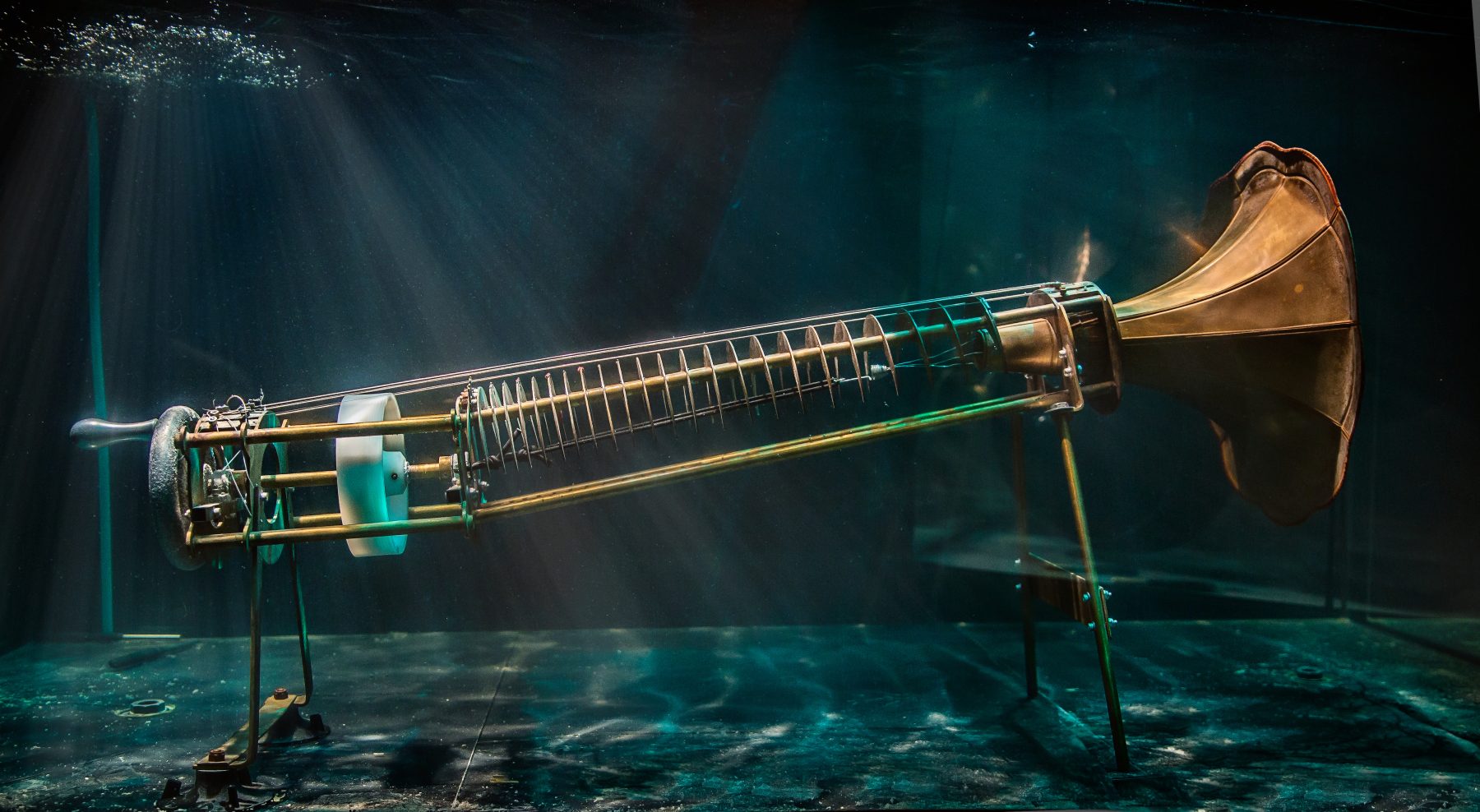Rotacorda, for Aquasonic and Between Music
What if music evolved underwater? This is the question that led Denmark’s Between Music to create the Aquasonic project. They perform underwater in human-sized aquariums, playing in a sonic world that must be a lot like the first sounds we hear in the womb.
I designed two of their instruments. This one, the Rotacorta, was inspired by a traditional Byzantine hurdy-gurdy, but more musically flexible and with more expressive dimensions. It has six stainless steel strings which can each be either a drone string or sound only when fingered. Using tactile fingering instead of keys and tangents enables both pitch bending and arbitrary chording. And adjustable bridges allow for subtle changes in intonation.
In Between Music's talented hands, it sounds deliciously Led Zeppelinish.
Many thanks to Wayne Ashley and FuturePerfect Productions for including me in the project.
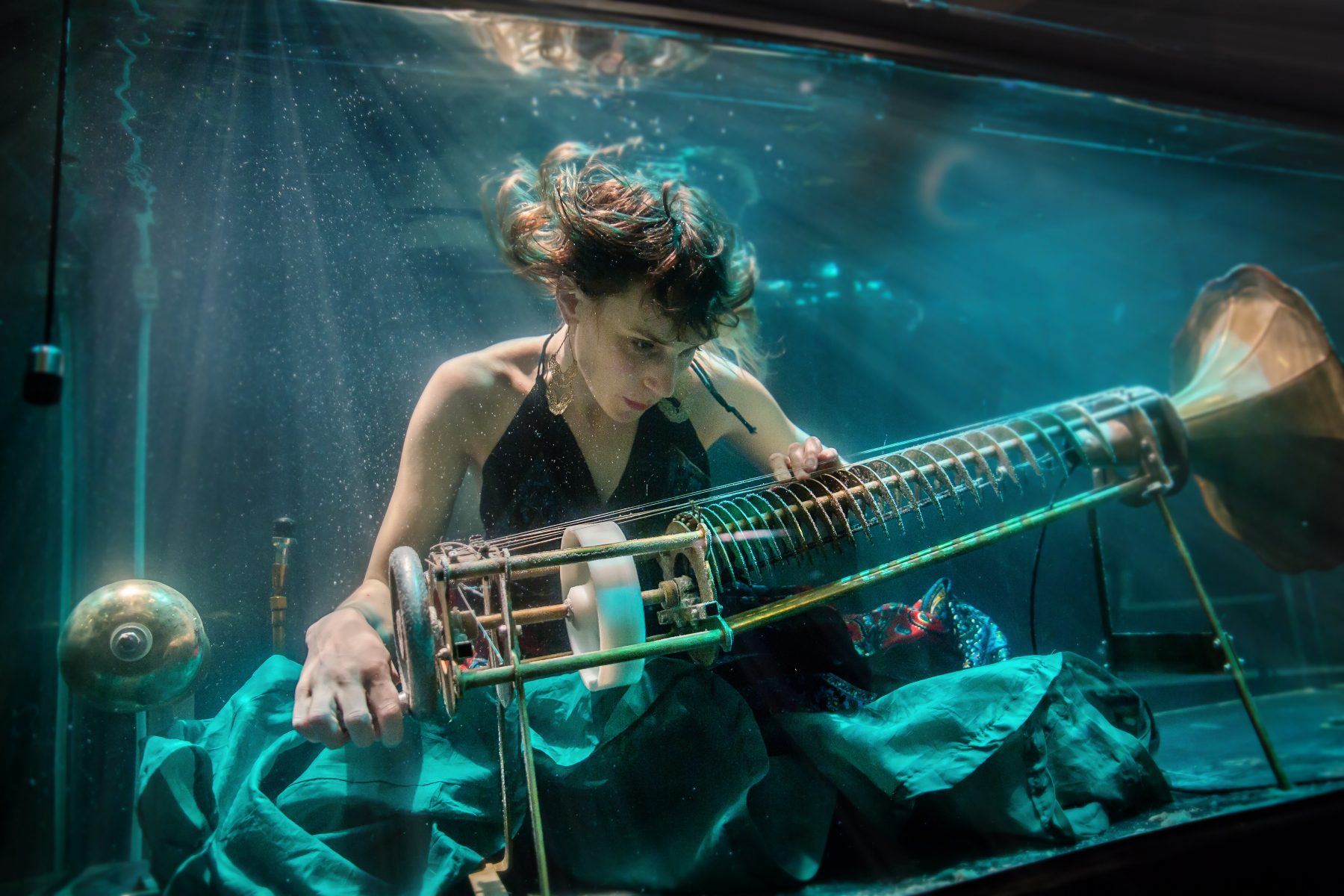
Their performances are haunting and gorgeously cinematic.

Studio Process
Making music underwater was even more challenging than I’d anticipated. But as usual, the difficulties only become apparent during the process.
I knew that the mass of the water would absorb and dampen vibrations. And that sound travels about four times faster underwater, making the sound waves four times longer. That would make most resonators impractically large for these human-scale aquariums.
But there were also many new material challenges. The first was corrosion. These instruments had to be made of materials that could survive underwater. No wood; no ferrous metals. And they could not be from materials at far ends of the galvanic series, or together they would create corrosive electric cells when placed underwater.
And all of the materials must be completely non-toxic to humans, as the players and instruments would certainly be commingling on a molecular level. This ruled out many metal alloys, lubricants, adhesives, and leaded glass.
Friction was different underwater. Smooth bearings ground roughly and rough violin bows slipped silently across strings. So making the friction wheel for the Rotacorda was particularly challenging. I experimented with many materials including brass and neoprene. In the end, cymbalsmith Matt Nolan used a textured nylon wheel, which has worked best.
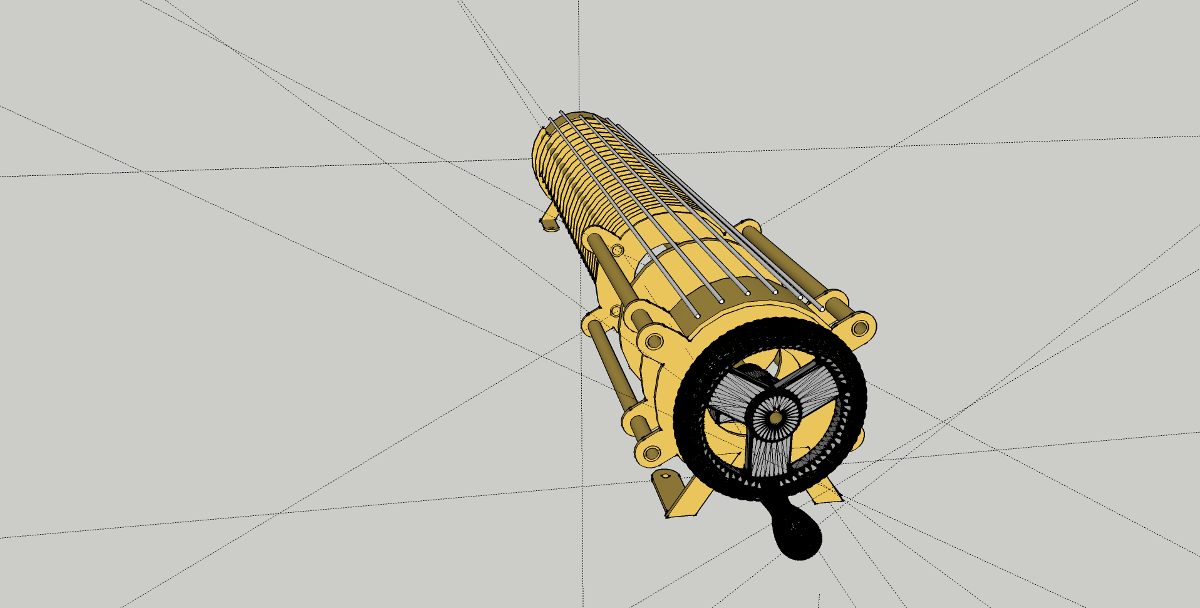
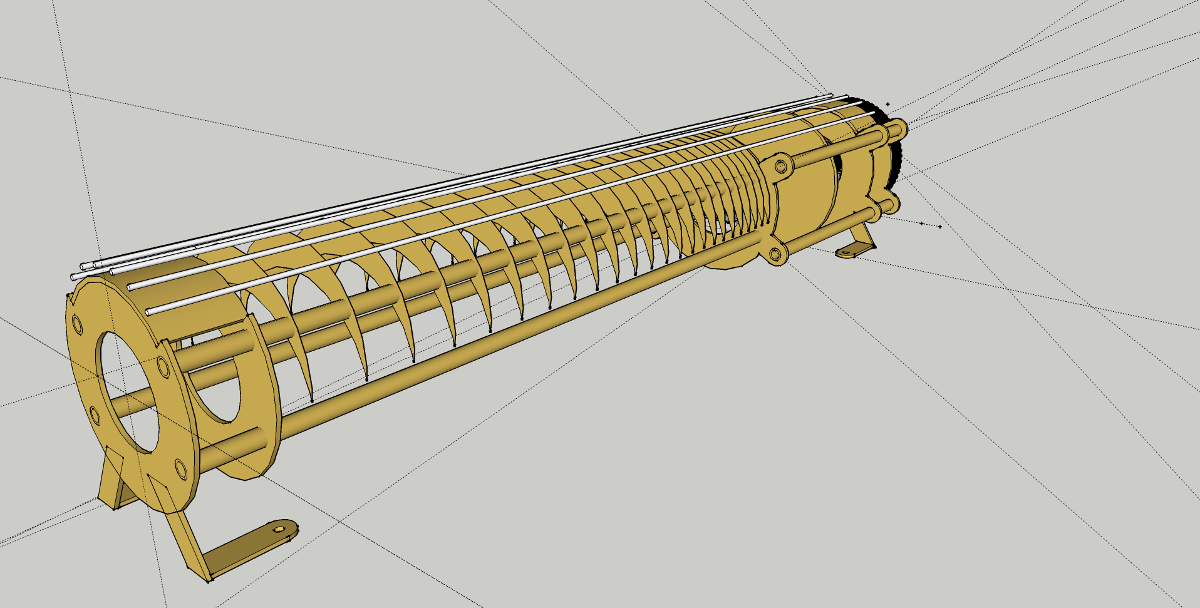

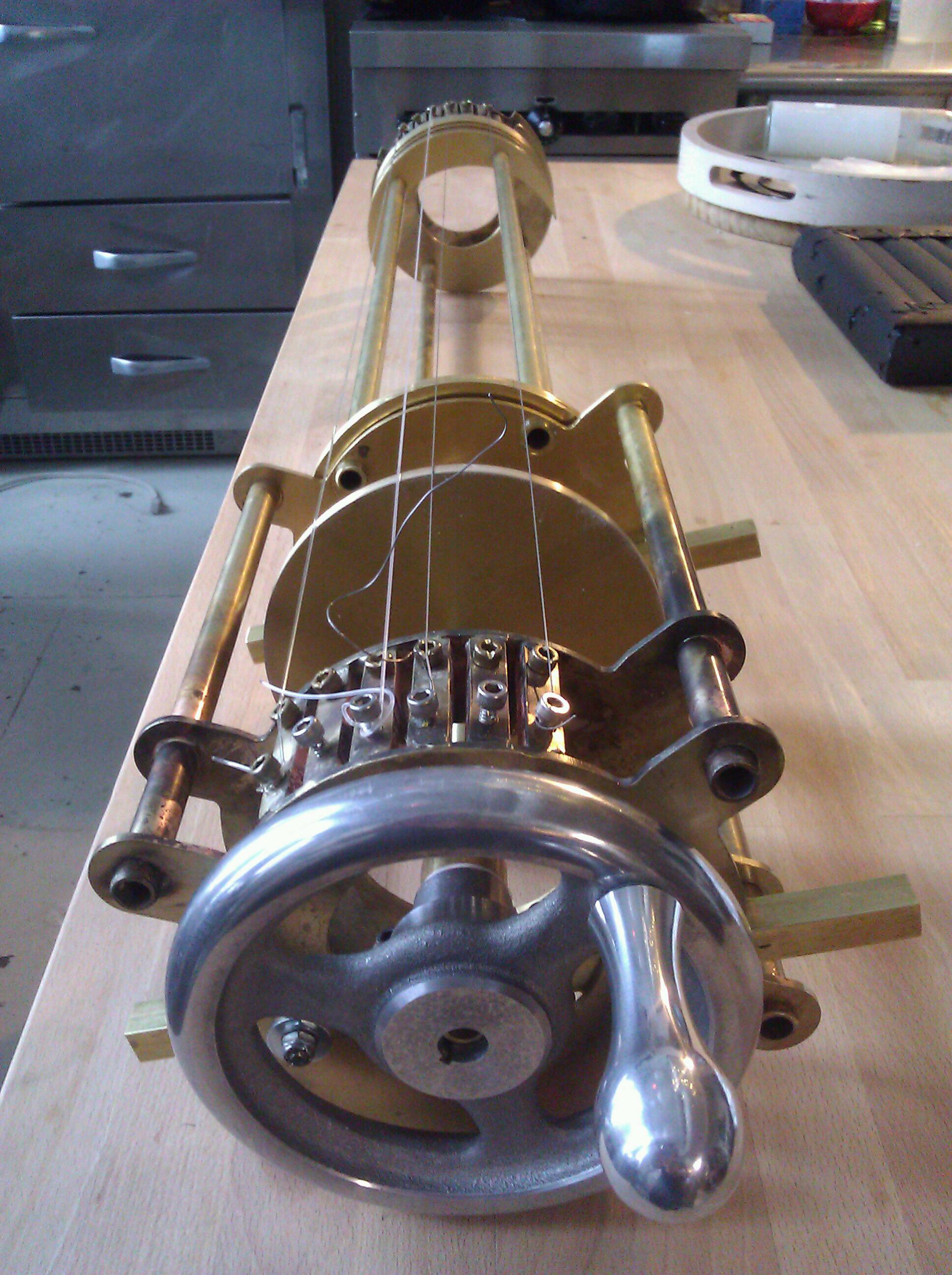
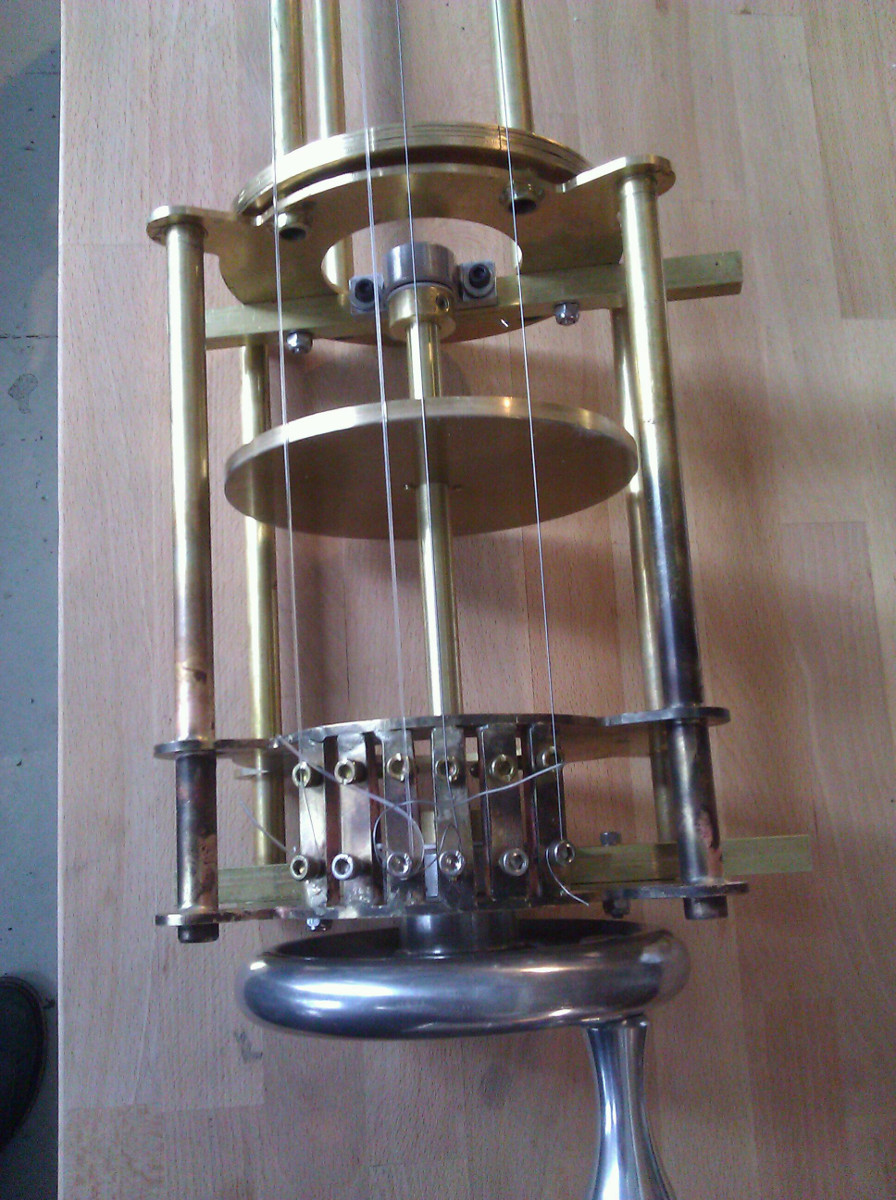

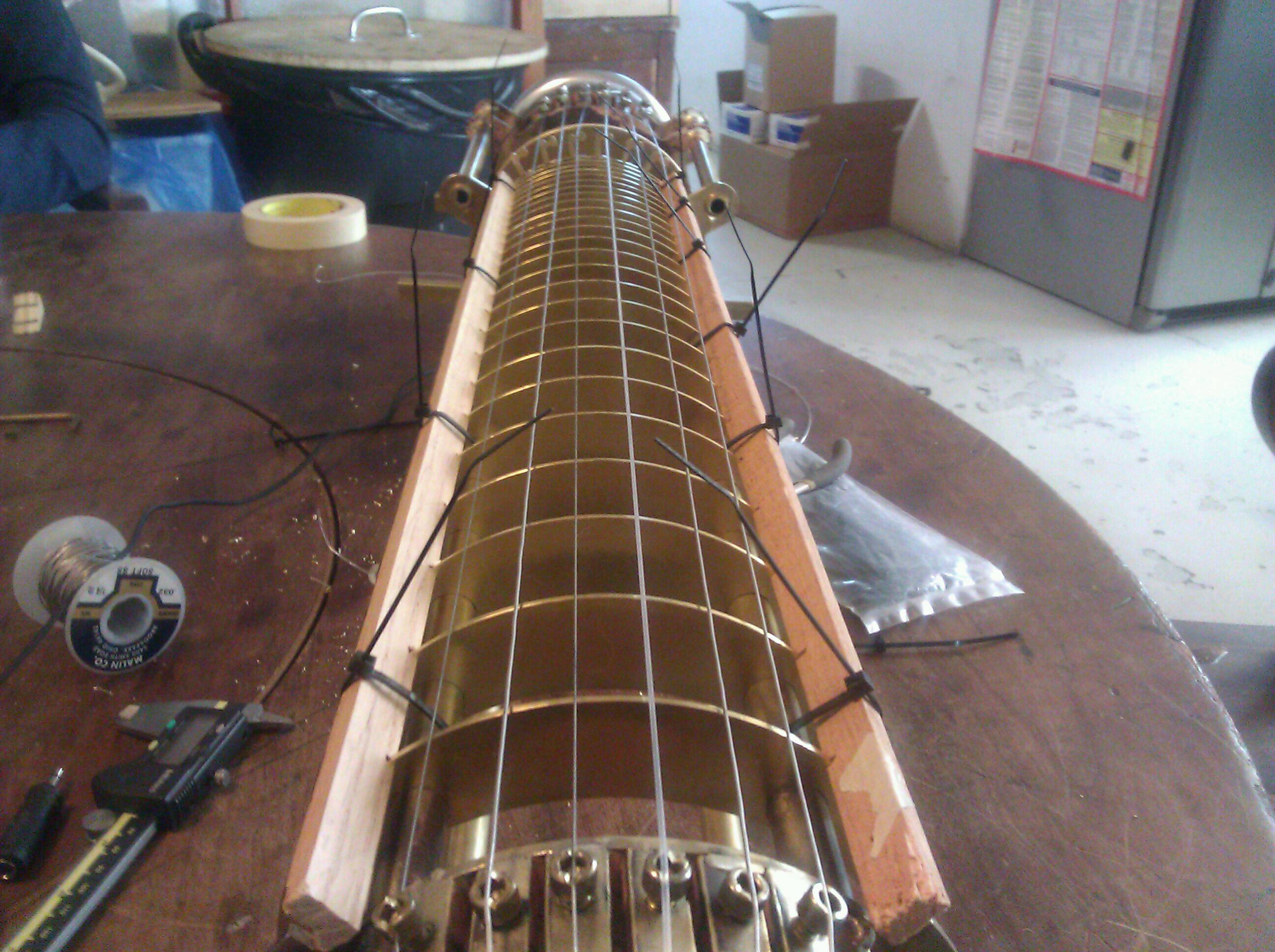
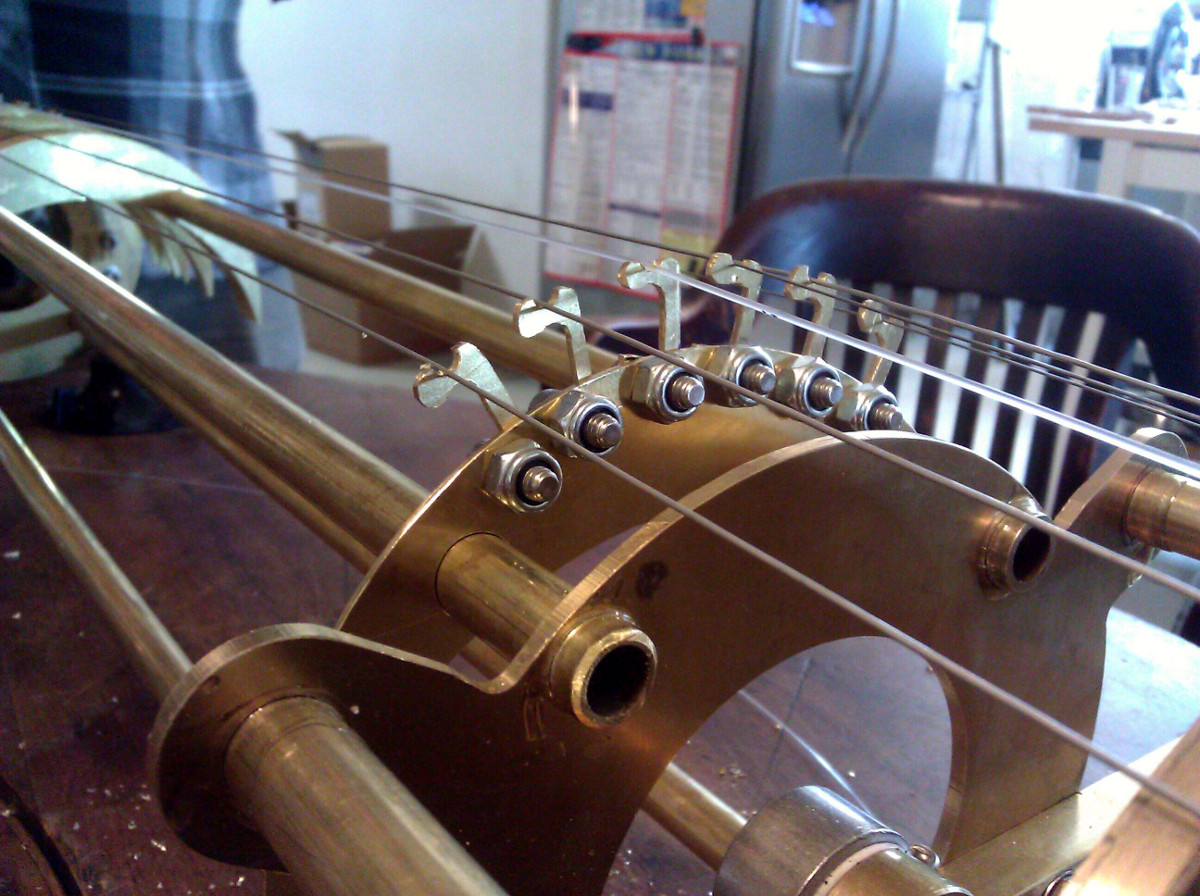
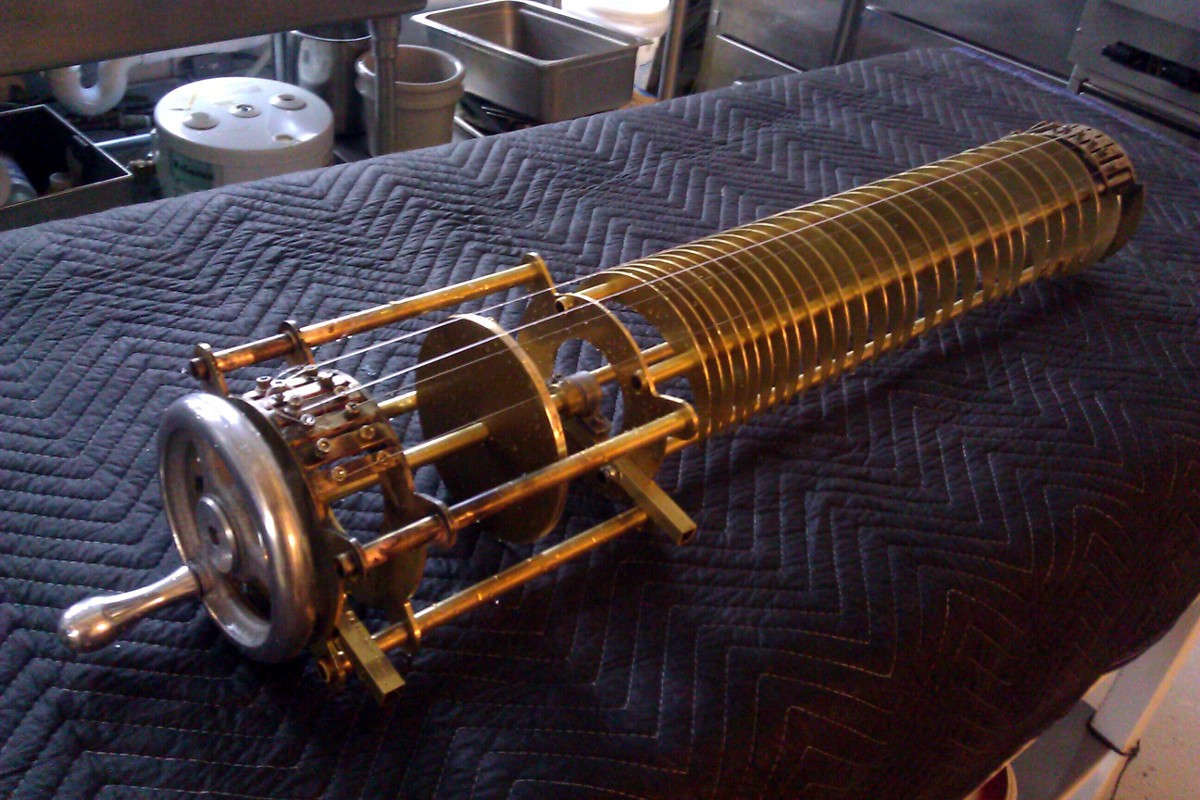
The finished instrument in its natural habitat.
